2015 AIGA Medalist: Hillman Curtis
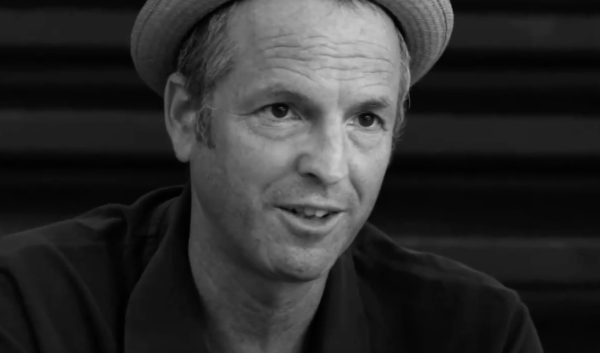
Recognition
2021 AIGA Medal
Born
1920, Bristol, Virginia
Deceased
2012
By Chris Dingwall
August 2, 2021
Recognized for pioneering early web and Flash motion design, and for the passionate and inspiring storytelling in his films about legendary artists and designers.
Hillman Curtis described himself as a serial self-reinventor, but to others Curtis was more of a polymath. He never fully abandoned his previous incarnations, but used the skills he mastered to build entirely new practices and break ground in pioneering and inventive ways.
Early on, Curtis was influenced by his uncle, Chris Hillman, an original member of the rock band The Byrds; and by his mother, an art teacher who encouraged his creative freedom. While Curtis studied writing and film theory at San Francisco State University, he formed a rock band called Mrs. Green and began touring throughout the United States and United Kingdom. His first foray into design was born of necessity: he needed to create posters and flyers for his band. During the next decade, Mrs. Green became more popular, ultimately recording an album for MCA Records.
By his early 30s, Curtis left the band to form a new-wave group called The Greenthings. Though he signed a second recording contract with MCA, he didn’t release another album. Instead, he decided to remake his career. A night class in Adobe Photoshop led to an entry-level job at Macromedia, the multimedia software company later acquired by Adobe Systems.
In 1996, at the age of 35, Curtis designed the first-ever website formatted for Flash Player—a revolutionary browser plug-in that transformed the way animated imagery was created. Not only did this format significantly reduce the time it took to make high-quality, web-based films, but the technology of Curtis’ Flash Player paved the way for future platforms like Facebook and YouTube. Curtis’ pioneering talent with these new tools helped define the emerging genre.
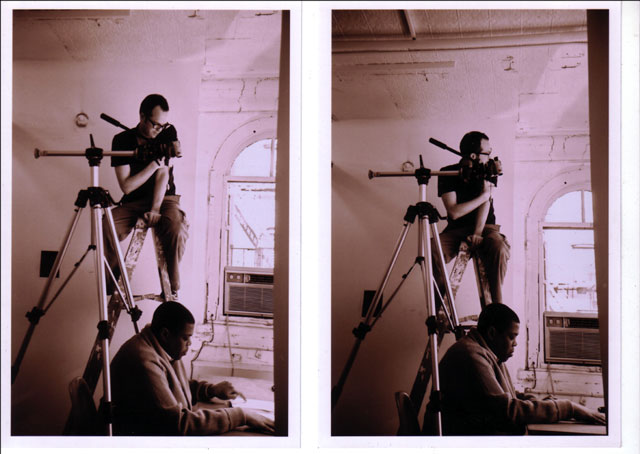
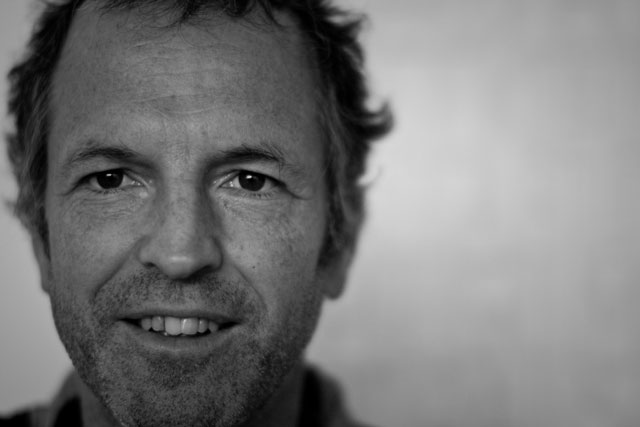
Hillman Curtis by John Davey.
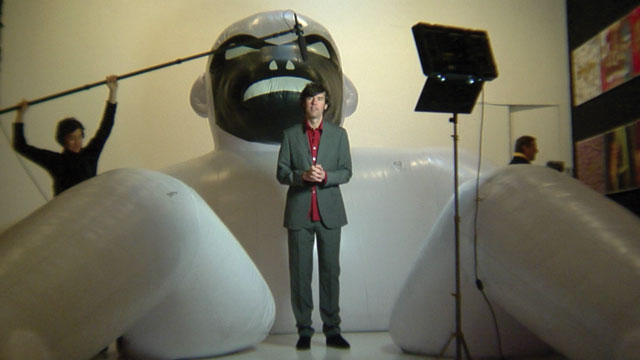
Still from "Stefan Sagmeister '08," from the Artist Series (2005-2011).
In 1998, he started his own studio in Brooklyn and designed motion graphics for clients such as MTV, Rolling Stone, Adobe, and The Metropolitan Opera. Affectionately nicknamed “The Grandmaster of Flash,” Curtis was cited as one of the top ten designers of 2000 by the IPPA; declared one of the “World’s Best Flash designers” by Cre@te Online magazine; was included in the “Ten Most Wanted Designers” by IdN Magazine; and designated “the Michael Jordan of web design” by Glide Magazine in 2003.
Curtis was uneasy with these accolades. Instead, he became fiercely committed to web democratization and helped educate a new generation of designers with his wildly popular and insightful how-to books Flash Web Design: The Art of Motion Graphics; MTIV: Process, Inspiration and Practice for the New Media Designer; and Hillman Curtis on Creating Short Films for the Web. His books have sold more than 150,000 copies and have been translated into 14 languages.
As the field of web design grew and developed, Curtis did too. Upon discovering that the websites he was being asked to create became less about design and more about systems, his enjoyment of the work waned and he began to make self-generated, short documentaries on some of the designers in his many creative circles. Curtis’ unique talent as a filmmaker became abundantly clear in The Artist Series, a collection of short films featuring artists and designers Milton Glaser, David Carson, Mark Romanek, Paula Scher, and Stefan Sagmeister. Sagmeister and Curtis went on to collaborate on several additional projects in the coming years, including Sagmeister’s documentary, The Happy Film.
The evolution to filmmaker was a two-year process that required Curtis to turn down work he otherwise would have excelled at, but he was unwilling to compromise his creative aspirations. During this time Curtis developed into a unique and distinctive storyteller with a deeper, more masterful way of bringing soul to the substance of his work.
In 2008, Curtis took the final leap to full-time filmmaker and was directing commercials and films for brands and institutions, including the School of Visual Arts, Bobbi Brown Professional Cosmetics, IBM, and Sprint. He also initiated a series of dramatic films that he both wrote and directed, and was commissioned to direct a short documentary for the David Byrne and Brian Eno album, Everything That Happens Will Happen Today. In 2009, he was nominated for a Cooper Hewitt National Design Award—one of the highest honors in the design profession—and by 2010, Hillman was directing his first feature-length film, Ride, Rise, Roar, which chronicles David Byrne and Brian Eno’s 2008–09 concert tour.
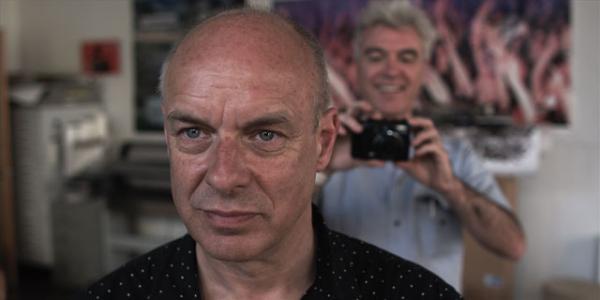
Still from "David Byrne & Brian Eno," from the Artist Series (2005-2011).
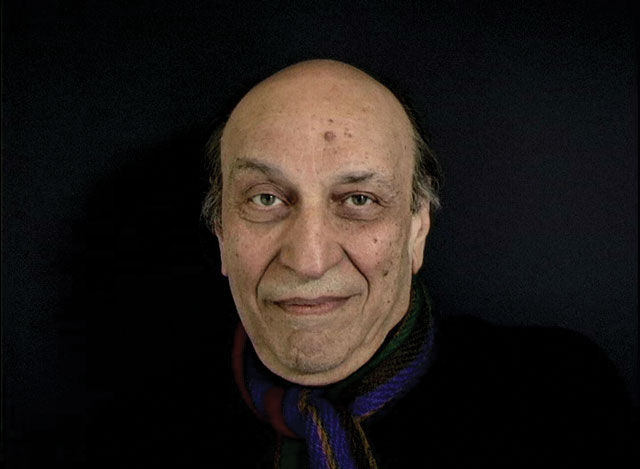
Still from "Milton Glaser," from the Artist Series (2005-2011).
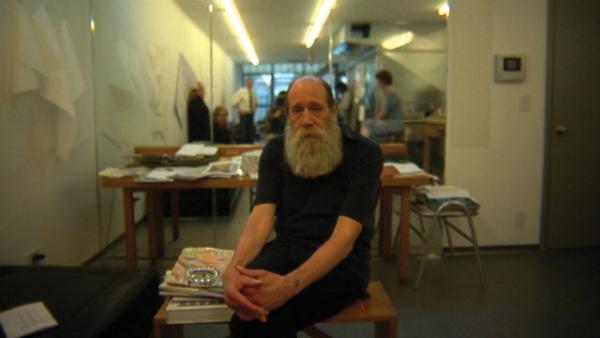
Still from "Design Matters: Lawrence Weiner," from the Artist Series (2005-2011).
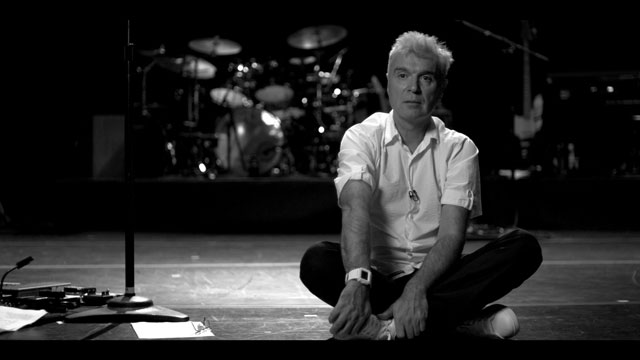
Still from "Ride, Rise, Roar" (2010).
Though I had long admired his work, I didn’t meet Hillman Curtis till 2006, when I interviewed him for my podcast, Design Matters. He was tall and soft-spoken, with a serene and gentle manner. It was among the first interviews in which I felt the tangibility of a real rapport on the air, and I owe much of my own growth to Hillman’s experience as an accomplished interviewer.
After our interview, I worked with him seven times: two were projects he was commissioned to make for Adobe and Sagmeister; one was a little film of his based on the Woody Allen movie Hannah and Her Sisters; and the other four were projects I invited him to participate in. He was always eager to experiment and he readily agreed to film every live interview I was able to secure. I consider our three great collaborative successes to be the short films we made on Lawrence Weiner, Massimo Vignelli, and Malcolm Gladwell. Hillman taught me more about how to conduct a successful interview than anyone I’ve ever worked with. He pushed me to ask the right questions, to probe with clarity and sincerity, and to avoid cliché and redundancy.
During the six years I knew him, Curtis never stopped evolving his creative career, and those who knew him longer have stated that he never, ever stopped growing or working. Five weeks before his untimely death at the age of 51, he and I were trying to work together on a new film about Milton Glaser, but we were unable to complete the project.
Hillman Curtis died of colon cancer, surrounded by his wife, Christina, his children, Tess and Jasper, his mother, and his sisters. He died the way he lived: with integrity, with dignity, with spirit, and with love.
When asked about his goals in a 2002 interview, Curtis declared: “The reason for designing new media is simple—to subtly and quietly change the world.” Hillman Curtis was a multidisciplinary artist of extraordinary talent, and while his impact on the world was tragically cut short, the many facets of his life’s work were—and still are—deeply and infinitely felt.